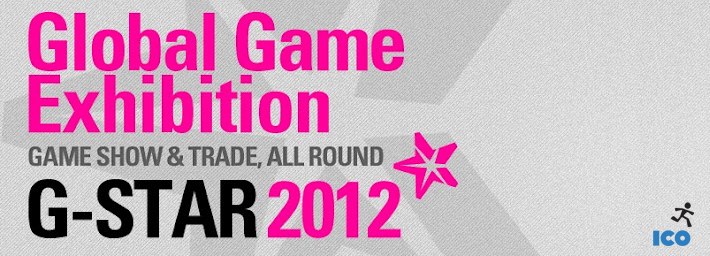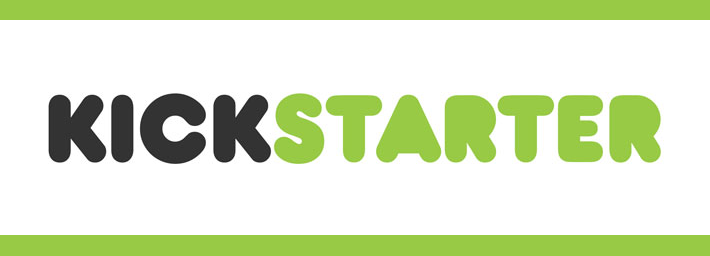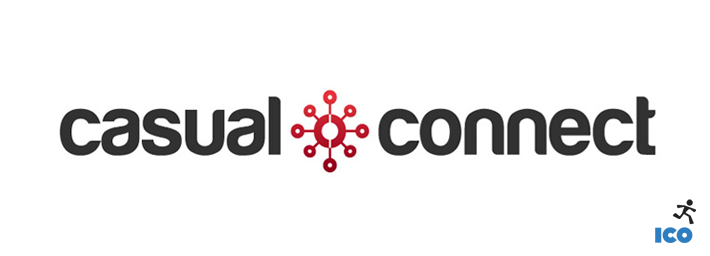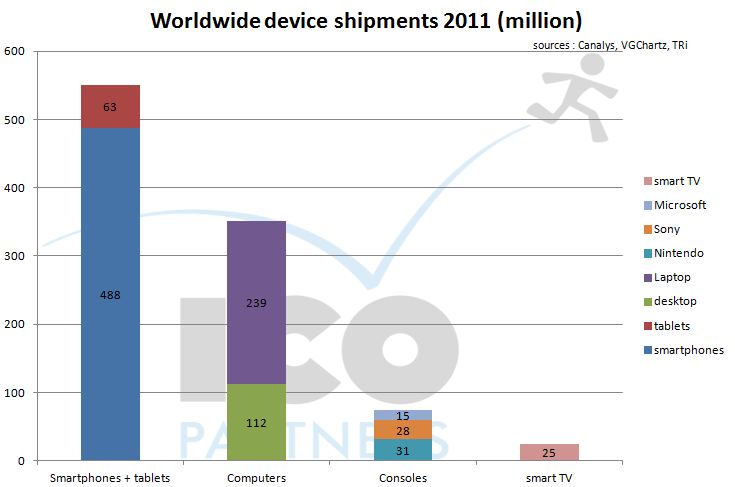While it is still relatively fresh in mind, I want to share about our experience from the Gstar 2012 and what we saw and learned there.
First of all, you can find a summary of the event over at Thisisgame:http://www.thisisgame.com/en/2012/11/19/gstar2012-wrap-up
As highlighted in the article, the most impressive change from last year’s event was the very strong switch to mobile that Korea is operating. So, of course, there were still many online games present, but having probably around 50% of the B2C showfloor taken by mobile publishers was very impressive (and think about it, how much space is usually taken by mobile games at other shows?).
And that’s my biggest take away from this year discussions – Korean developers left that online corner they stayed in for so long and a lot of them moved to mobile. Last year, there was an interest in social games, but this is nothing like it.
There are multiple reasons for that strong change in the developing landscape, but the biggest one mentioned is the stellar (recent) success of Kakaotalk in the game space.

Kakaotalk is an online chat app for mobile (with VOIP as well) that has been very widely adopted in the country. It runs on iOS and Android (and Bada and other OSes that don’t matter much) and many operators bundled it and its adoption is crazy.
In July, they launched their first games (on the Appstore for iOS obviously, and Google Play for Android), including Anypang, a match-3 game, heavily using the Kakao contacts as a social graph (leaderboards and gifting). The game has been *very* successful. They report 10m DAU, in a country of 50m inhabitants (I think users outside of Korea are negligible), and significant revenues (that figure varied a lot depending on who you talked to but it averages around $1m per day).
It has created a lot of attention to the mobile space in general and Kakao in particular – with many studios lining up to integrate with them. It also means that money from investments is quickly leaving the MMO space towards the mobile space.
If you are interested in that market, I recommend you to have a look at the Kakaotalk app: http://www.kakao.com/talk/en
And Dragon Flight, the current game doing very well for them (Google Play link):
https://play.google.com/store/apps/details?id=com.NextFloor.DragonFlightKakao&feature=nav_result
Discussing the Kakaotalk success last week, I was asked why I thought it worked so well, compared to Facebook for instance (or Skype). I think a short answer should be: “Check the app!”.
It is very easy to use, very quick to load and does what it does very well. This is a Dropbox case: service existed before, but was overly bloated (see Skype – I won’t launch the app on my phone, it takes ages to launch, ages to load, difficult to navigate). Kakaotalk also works on every device.
It seems that in Japan, The Line, a similar app, might get the proper momentum and build a similar success and start challenging DeNA and Gree presence. And we might have other apps doing the same in different countries. Whatsapp was mentioned (SEA and Spain), as well as Tango (North America)…
Interesting to see how this will develop…
When discussing with local developers and publishers, I collected a few rough estimates on the mobile market make up. Take those with a grain of salt, but it does help in getting an impression:
In the past year, the mobile OS distribution seems to have completely shifted. Where iOS was the main one a year ago, Android has taken over (through Samsung devices mostly but not exclusively). I was told 89% Android, 10% iOS, 1% margin of error for others – it is probably exaggerated but it highlights the current trend.
Another change, the carrier Android app stores have lost lots of market share, with Google Play being currently the main App store (about 50%), followed by Tstore – the android app store of SK Telecom (30%), Apple App Store (10%), and Others completing the count.
That change seems to have happened through users getting educated about the ecosystems (and not liking being tied to their carrier for their apps) as well as Kakaotalk pushing all its android distribution and payments through Google Play.
One last bit of relevant info: I was told that there was close to no piracy on Android in Korea.
Like every year, going to Gstar was a very good experience. We had excellent meetings, we were able to have a peek at trends from a very different territory and we met with local industry people that we don’t have the opportunity to catch up with at other events.




